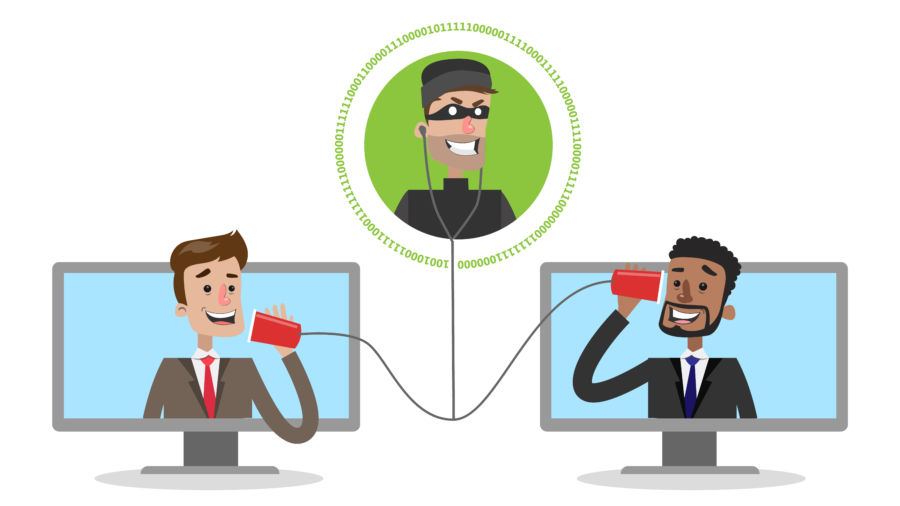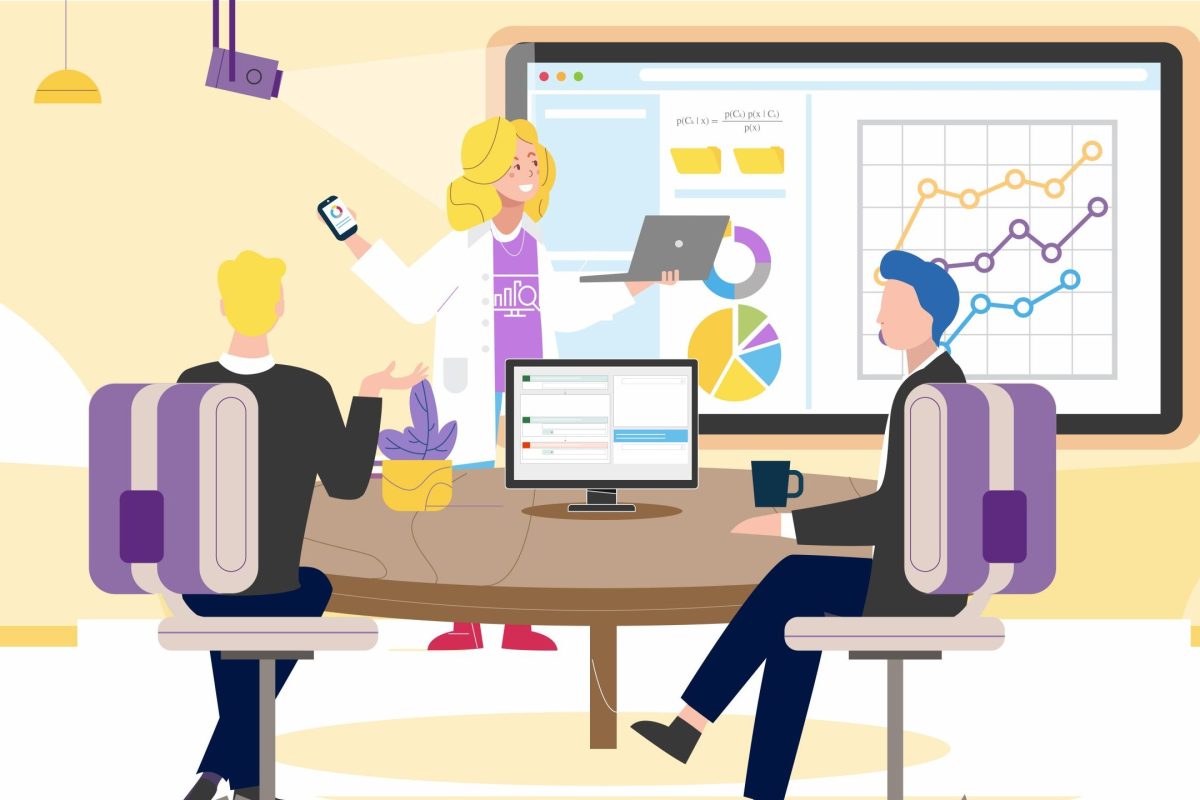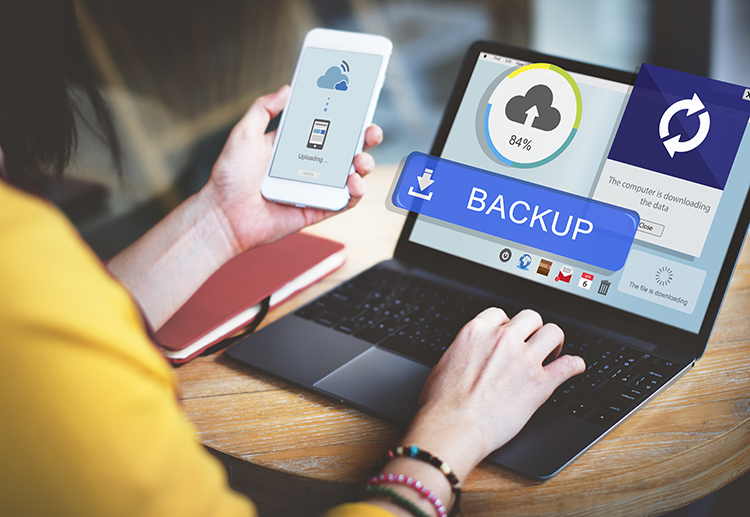This type of cyber crime is very common and on the rise, so here’s what you need to know about MITM attacks, including how to defend yourself and your business against them.
What is a man in the middle attack?
The idea behind a man-in-the-middle attack is straight forward: Intercept traffic coming from one computer and send it to the original recipient without them knowing someone has viewed, and potentially altered, their traffic.
MITM attacks give the perpetrator the capability to steal funds, redirect a browser to a malicious website, or steal information to be used in later cyber crimes.
These are three popular types of MITM attacks your business will most likely encounter:
1. Email Hijacking
Hackers target and gain access to important email accounts, they will then monitor activity and transactions to make their eventual attack a lot more convincing. For example, they could wait for a scenario where the customer is sending money and respond, spoofing the company’s email address, with their own bank details instead of the company’s. Unfortunately, the customer thinks they’re sending their payment to the company, but they’re really sending it right to the hacker.
2. Wi-Fi Eavesdropping
Most MITM attacks rely on Wi-Fi connections. Hackers will set up a Wi-Fi connection with a legitimate-sounding name and all the hacker has to do is wait for you to connect and they’ll instantly have access to your device. Alternatively, the hacker can create a fake Wi-Fi device disguised as a legitimate Wi-Fi access point to steal the personal information of everyone who connects.
3. Session Hijacking
When you log into a website, a connection between your computer and the website is established. A hacker will then hijack your session with the website through various ways. One option they use is stealing your browser cookies. Your cookies store small pieces of information that makes web browsing convenient. It can be your online activity, login credentials, pre-fill forms, and in some cases, your location. If hackers get hold of your login cookies, they can log into your accounts and assume your identity.
“Who is the typical target of a man in the middle attack?”
Any person or any business could be the target of a MITM attack.
How do I prevent man-in-the-middle attacks?
There’s no simple ‘quick fix’ to protect yourself against MITM attacks, however here are a few to help you:
- Only connect known, trusted devices to your Wi-Fi networks. Don’t allow devices to automatically connect.
- Make sure all access points are secured and encrypted. Attackers that rely on physical proximity can be kept off a network by good security.
- Keep an eye out for phishing emails that request you to click to log in to a website.
- Train your staff to become a ‘Human Firewall’
- Make sure operating systems are patched and updated to prevent attacks that exploit weaknesses.
How would your business stand up against a Cyber attack?





